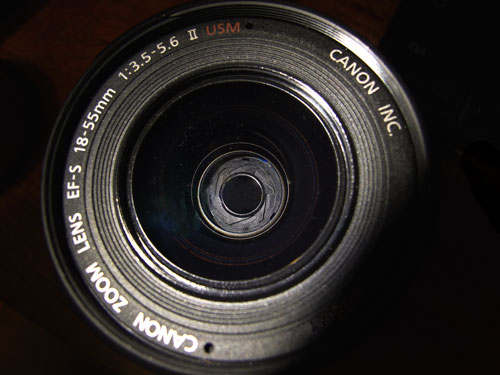
The aperture - a fundamental concept if you want to 'Go Manual
Aperture – Part 3 in a series about “Going Manual”
Previously, we discussed the sensitivity to light of the Digital Image Sensor. By changing the ISO we can adjust the camera’s ability to cope with bright or dark situations.
The Diaphragm controls the size of the aperture
In this article we look at the aperture, the second point of camera control. In the photographic lens unit of most DSLR cameras is the iris diaphragm. It is a circular fan of blades that slide across each other. As they slide, they open or shut the aperture in the middle of the blades. The aperture is the gap that the light comes through. It is the size of the aperture that determines how much light gets through the photographic lens unit to the image sensor.
The size of the aperture does not only control the amount of light through to the sensor. It also controls the ‘depth of field’ in the shot. The depth of field is the part of the picture which is in sharp focus.
The size of the aperture controls the amount of light that is allowed through the lens. As the aperture gets bigger the amount of light coming through the lens increases. However, a bigger aperture creates a shallower depth of field. Taking a photo at F4, a wide aperture, means you will be able to focus on an object like a face and have a high light input. But you may not be able to discern any detail behind the head. The depth of field has been made shallow by the wide aperture. You lose the focus in the back of the shot when the depth of field is shallow. You also lose some of the foreground ability to focus too.
If you set the aperture to f11, a narrow aperture, you will get sharpness right through the shot. The depth of field is deeper. A narrow aperture extends the depth of field. Of course the narrow aperture also reduces the light coming through to the digital image sensor.
If you set the aperture to, say, f3.5, a wide aperture, the shallow depth of field becomes apparent. The zone of sharpness will be well defined. Out of the sharp zone you can see highly frosted out-of-focus objects. The out-of-focus area is called bokeh. Shooting with a shallow depth of field creates bokeh in the background. The effect can be very pleasing. The aesthetics of bokeh is a lifetime of experiences for a photographer – it is an important aspect of many facets of photography.
To sum up…
Aperture sets the amount of light allowed to pass through the lens. It is one of the main controls used to create an exposure. When the aperture is wide open the depth of field is very shallow. When the aperture is narrow the depth field gives sharpness through the image.
